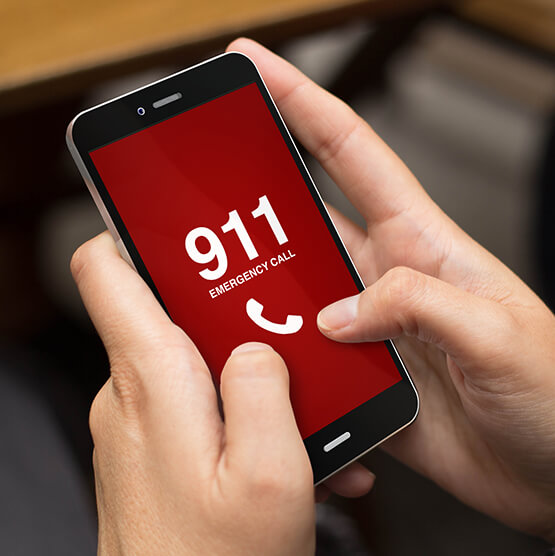When should you give naloxone?

When someone overdoses, they may not respond in any way. They may appear to be asleep and you may not be able to wake them up.
In addition, the person may have:
- Very slow or irregular breathing. The person may not breathe at all.
- A slow heartbeat. You may not be able to find a pulse at all.
- Small pupils.
- Confusion.
- Skin that is cool to the touch.
- Skin around the edge of the mouth that looks different than it usually does. For people with black or brown skin, the edge may be gray or white. For people with lighter skin, the edge may be blue or gray. For people with yellow-toned skin, the edge may be gray or greenish.
- Fingernails or fingertips that look different than they usually do. For people with black or brown skin, the nails or tips may look pale. For people with lighter or yellow-toned skin, the nails and tips may look blue.
Not everyone is going to have all signs listed here. Some people may only have one or two signs. If you suspect someone is overdosing from an opioid, do not hesitate to give naloxone.
Give naloxone even if:
- You do not know for certain the person is overdosing from an opioid.
- You think the overdose could be caused by an opioid mixed with other substances.
- You do not know whether the person is allergic to naloxone.
Do not worry about getting into legal trouble if you give someone naloxone. You are legally protected from this.


IMMEDIATELY follow these steps if you suspect someone is overdosing from an opioid:
- Call 911.
- Follow the directions given to you by the 911 operator. This may include giving the person CPR if you are comfortable doing so.
- Give naloxone.
To keep yourself safe, after you give someone naloxone, move out of reach of the person right away. This is because when a person has overdosed and been given naloxone, the person will be very uncomfortable and in pain when waking up.
The person may:
- Act combatively and aggressively.
- Vomit, urinate, sweat or have diarrhea.
- Be short of breath, confused, distressed or angry.
© 1998-2024 Mayo Foundation for Medical Education and Research (MFMER). All rights reserved

Sign up for Updates
To stay up to date please provide your email address.
-
By giving us your email you are opting-in to receive news and promotions
Sign up for Updates
To stay up to date please provide your email address.
-
By giving us your email you are opting-in to receive news and promotions






